Home>Renovation & DIY>Home Renovation Guides>How To Fix A Sagging Floor In A Crawl Space
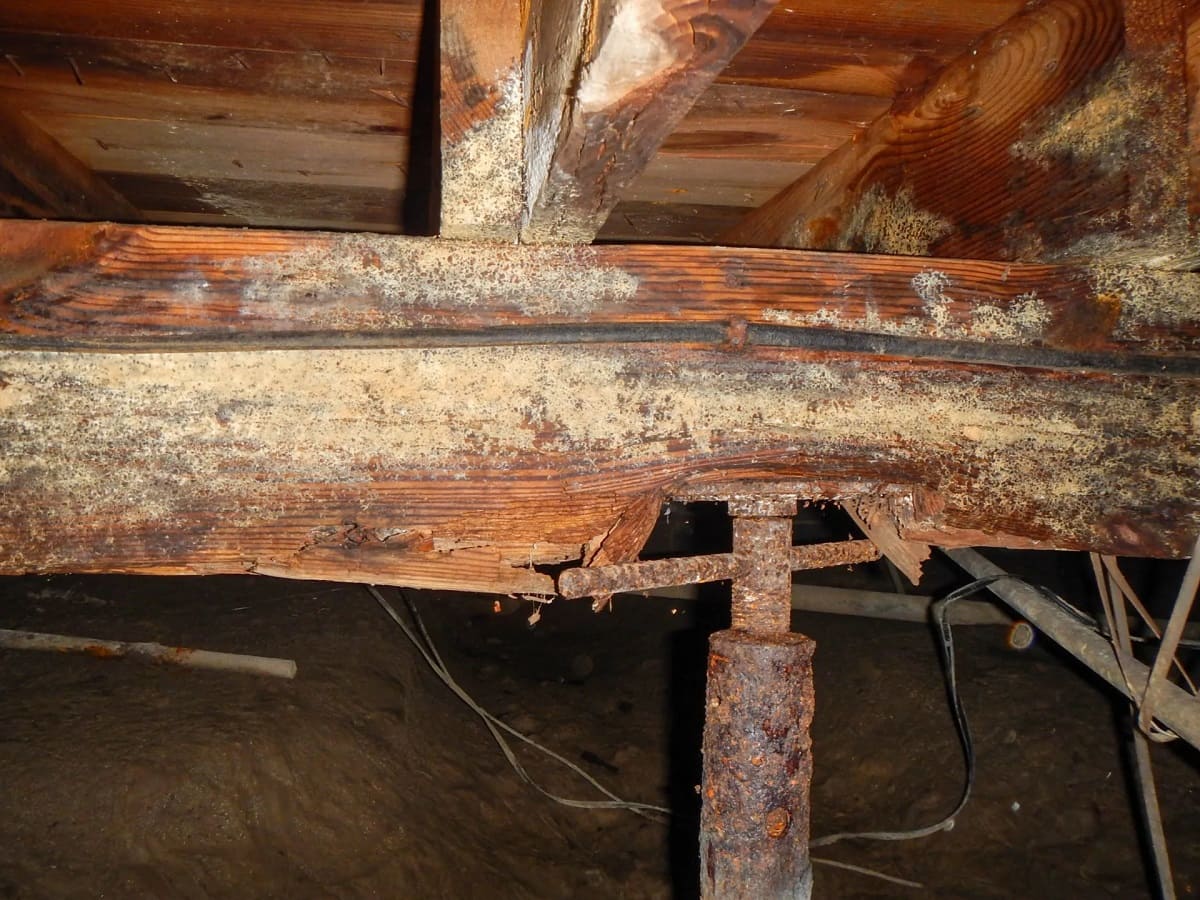

Home Renovation Guides
How To Fix A Sagging Floor In A Crawl Space
Published: January 31, 2024
Learn how to fix a sagging floor in your crawl space with our comprehensive home renovation guide. Get expert tips and step-by-step instructions.
(Many of the links in this article redirect to a specific reviewed product. Your purchase of these products through affiliate links helps to generate commission for Storables.com, at no extra cost. Learn more)
Introduction
A sagging floor in a crawl space can be a cause for concern for any homeowner. Not only does it affect the aesthetics of your home, but it can also indicate underlying structural issues that need to be addressed promptly. Whether you've noticed a slight dip in the floor or a more pronounced sag, taking action to rectify the problem is crucial to maintaining the integrity of your home.
In this comprehensive guide, we will delve into the common signs and causes of a sagging floor, how to assess the extent of the damage, and the steps to effectively fix and prevent future sagging. By the end of this article, you will have a clear understanding of the necessary measures to ensure your crawl space floor is stable and secure.
Let's embark on this journey to uncover the intricacies of addressing a sagging floor in a crawl space, empowering you with the knowledge and confidence to tackle this issue head-on.
Key Takeaways:
- Don’t Ignore the Signs
If you notice uneven floors, cracks, or sticking doors, it’s time to act! Early detection and proactive measures can prevent a sagging floor from becoming a major headache. - Keep It Strong and Dry
Reinforce floor joists, address moisture issues, and seek professional help when needed. Regular maintenance and preventive measures can keep your crawl space floor stable and secure.
Read more: How To Fix A Sagging Floor
Signs of a Sagging Floor
Identifying the signs of a sagging floor is the first step in addressing this common issue. It's essential to be vigilant and observant, as early detection can prevent further damage and costly repairs down the line. Here are the key indicators to look out for:
-
Uneven or Sloping Floors: One of the most apparent signs of a sagging floor is when it appears uneven or slopes noticeably. This can manifest as a visible slant or dip in the flooring, often causing furniture to wobble or appear unsteady.
-
Cracks in Walls or Ceilings: Keep an eye out for cracks in the walls or ceilings, especially in the vicinity of the affected floor. These cracks may indicate that the structural integrity of the floor has been compromised, leading to shifts in the load-bearing capacity of the space.
-
Sticking Doors and Windows: If you notice that doors and windows are sticking or difficult to open and close, it could be a result of the floor settling unevenly. This occurs as the foundation shifts, causing the door and window frames to become misaligned.
-
Bouncing or Springy Sensation: When walking across the floor, a bouncing or springy sensation may be felt, indicating that the floor joists are no longer providing adequate support. This can be particularly noticeable in older homes with wooden subfloors.
-
Visible Gaps or Separation: Inspect for any visible gaps or separation between the floor and the baseboards or walls. These gaps can be a telltale sign of structural movement and a sagging floor.
By being attentive to these signs, you can promptly address a sagging floor before it escalates into a more severe issue. Understanding these indicators empowers homeowners to take proactive measures to rectify the problem and maintain the stability and safety of their living space.
Causes of a Sagging Floor
A sagging floor in a crawl space can stem from various underlying causes, each contributing to the structural instability of the flooring system. Understanding these root factors is pivotal in effectively addressing the issue. Here are the primary causes of a sagging floor:
-
Foundation Settlement: Over time, the soil beneath a home's foundation can shift and settle, leading to uneven support for the floor joists. This can result in a sagging or uneven floor as the foundation settles unequally, causing stress on the structural components.
-
Moisture and Water Damage: Excessive moisture in the crawl space can lead to wood rot and decay, compromising the integrity of the floor joists and subfloor. This can weaken the structural support, causing the floor to sag or become uneven.
-
Poorly Sized or Spaced Floor Joists: In some cases, the floor joists may be inadequately sized or spaced too far apart, leading to insufficient support for the flooring above. This can result in sagging and uneven floors, especially in areas with heavy loads or inadequate structural design.
-
Termite Infestation: Termites can wreak havoc on wooden structural elements, including floor joists and subflooring. As termites feed on the wood, they weaken its structural integrity, potentially causing the floor to sag or become uneven as the support weakens.
-
Aging and Wear: In older homes, the natural aging of structural components can contribute to floor sagging. Over time, the floor joists may weaken, and the subfloor may deteriorate, leading to a noticeable sag in the flooring.
-
Improper Construction: If the floor joists were not properly installed or if shortcuts were taken during the construction process, it can lead to long-term structural issues, including floor sagging. Poor workmanship and inadequate construction practices can result in compromised floor stability.
Understanding these causes empowers homeowners to address the underlying issues contributing to a sagging floor effectively. By identifying the root cause, appropriate measures can be taken to rectify the problem and restore the structural integrity of the flooring system.
Assessing the Damage
Assessing the extent of the damage to a sagging floor is a critical step in formulating an effective plan for restoration. By thoroughly evaluating the structural condition, homeowners can gain valuable insights into the severity of the issue and determine the appropriate course of action. Here's a detailed breakdown of the assessment process:
Visual Inspection
Begin by conducting a visual inspection of the affected area. Look for visible signs of sagging, such as uneven flooring, gaps between the floor and walls, or noticeable dips in the surface. Take note of any cracks in the walls or ceilings, as these can indicate shifts in the structural integrity of the floor.
Read more: How To Insulate The Floor In A Crawl Space
Crawl Space Examination
Venture into the crawl space beneath the sagging floor to assess the condition of the support system. Inspect the floor joists for signs of damage, such as rot, decay, or termite infestation. Pay close attention to any moisture or water accumulation, as excessive dampness can exacerbate structural issues.
Measurement and Leveling
Utilize a level to measure the degree of sagging and identify the specific areas of concern. Record the measurements to gauge the extent of the floor's unevenness. This step provides quantitative data that aids in devising a targeted approach for remediation.
Professional Assessment
Consider enlisting the expertise of a structural engineer or a qualified contractor to conduct a comprehensive assessment. Their professional insight can provide a deeper understanding of the underlying causes of the sagging floor and offer informed recommendations for remedial measures.
Documentation
Document your findings, including photographs and detailed notes, to maintain a comprehensive record of the assessment. This documentation serves as a valuable reference point when formulating a repair strategy and can aid in communicating the extent of the damage to professionals if external assistance is sought.
By meticulously assessing the damage through visual inspection, crawl space examination, precise measurements, professional input, and thorough documentation, homeowners can gain a comprehensive understanding of the factors contributing to the sagging floor. This informed assessment sets the stage for implementing targeted solutions to rectify the structural issues and restore the stability of the flooring system.
Read more: How To Fix Water In Crawl Space
Fixing a Sagging Floor
Addressing a sagging floor in a crawl space demands a systematic approach to rectify the underlying structural issues and restore stability to the flooring system. Here's a comprehensive guide to effectively fixing a sagging floor:
Reinforcing Floor Joists
Begin by reinforcing the floor joists to bolster the support system. This can be achieved by sistering the existing joists with additional lumber to enhance their load-bearing capacity. Carefully measure and cut the sister joists to match the length of the existing ones, ensuring a snug and secure fit. Secure the sister joists to the original joists using construction-grade adhesive and structural screws, effectively strengthening the support structure.
Leveling the Subfloor
Once the floor joists are reinforced, focus on leveling the subfloor to eliminate any noticeable dips or unevenness. Utilize shims or leveling compounds to raise and support areas of the subfloor that have sagged over time. By meticulously leveling the subfloor, you can restore a uniform and stable foundation for the flooring above.
Addressing Moisture Issues
If moisture and water damage have contributed to the sagging floor, it's imperative to address these issues to prevent future structural compromise. Implement moisture mitigation measures such as improving drainage around the foundation, installing vapor barriers, and ensuring adequate ventilation in the crawl space. Resolving moisture-related concerns is crucial in safeguarding the integrity of the floor joists and subfloor.
Read more: How To Fix Crawl Space Moisture
Professional Consultation
In cases of extensive or complex floor sagging, seeking professional consultation from a structural engineer or experienced contractor is highly advisable. Their expertise can provide invaluable insights into the most effective remedial strategies, ensuring that the structural integrity of the floor is restored with precision and expertise.
Long-Term Maintenance
Once the sagging floor has been effectively addressed, prioritize long-term maintenance to prevent future recurrence. Regularly inspect the crawl space for signs of moisture, pest infestation, or structural wear. Implementing proactive maintenance measures, such as periodic inspections and moisture control, can significantly extend the longevity of the floor's structural integrity.
By methodically reinforcing floor joists, leveling the subfloor, addressing moisture issues, seeking professional consultation when necessary, and prioritizing long-term maintenance, homeowners can effectively fix a sagging floor in a crawl space. This proactive approach not only rectifies the immediate issue but also ensures the long-term stability and safety of the flooring system.
Preventing Future Sagging
Preventing future sagging of the floor in a crawl space is paramount to maintaining the structural integrity of your home. By implementing proactive measures and regular maintenance, homeowners can mitigate the risk of recurring floor sagging and ensure the long-term stability of the flooring system.
Moisture Management
Effective moisture management is crucial in preventing future floor sagging. Ensure that the crawl space is adequately ventilated to minimize moisture buildup. Additionally, installing a vapor barrier on the crawl space floor can provide a protective barrier against moisture infiltration, safeguarding the structural components from decay and rot.
Read more: How To Install Floor Jacks In A Crawl Space
Structural Inspections
Regular structural inspections by qualified professionals can identify potential issues before they escalate. Engage the services of a structural engineer or experienced contractor to conduct periodic assessments of the crawl space and floor system. Early detection of structural concerns allows for timely intervention, preventing minor issues from developing into significant floor sagging problems.
Termite Protection
Implement proactive termite protection measures to safeguard the wooden structural elements in the crawl space. Regular termite inspections and the application of termite-resistant treatments can prevent termite infestations, preserving the integrity of the floor joists and subfloor.
Proper Ventilation
Maintain proper ventilation in the crawl space to mitigate moisture accumulation and prevent the adverse effects of excessive humidity. Adequate airflow helps regulate moisture levels, reducing the risk of wood rot and decay, which are common contributors to floor sagging.
Foundation Maintenance
Regularly inspect the foundation of your home for signs of settlement or shifting. Address any foundation issues promptly to prevent uneven support for the floor joists, which can lead to floor sagging over time. Foundation maintenance is integral to preserving the stability of the entire structure.
Read more: How To Fix Crawl Space Moisture
Professional Consultation
When in doubt about the structural integrity of the crawl space or floor system, seek professional consultation. A qualified structural engineer can provide expert guidance on preventive measures tailored to the specific characteristics of your home, ensuring comprehensive protection against future floor sagging.
By proactively managing moisture, conducting regular structural inspections, implementing termite protection, maintaining proper ventilation, prioritizing foundation maintenance, and seeking professional consultation when needed, homeowners can effectively prevent future sagging of the floor in a crawl space. These preventive measures not only preserve the structural stability of the home but also provide peace of mind for the long-term well-being of the living space.
Frequently Asked Questions about How To Fix A Sagging Floor In A Crawl Space
Was this page helpful?
At Storables.com, we guarantee accurate and reliable information. Our content, validated by Expert Board Contributors, is crafted following stringent Editorial Policies. We're committed to providing you with well-researched, expert-backed insights for all your informational needs.
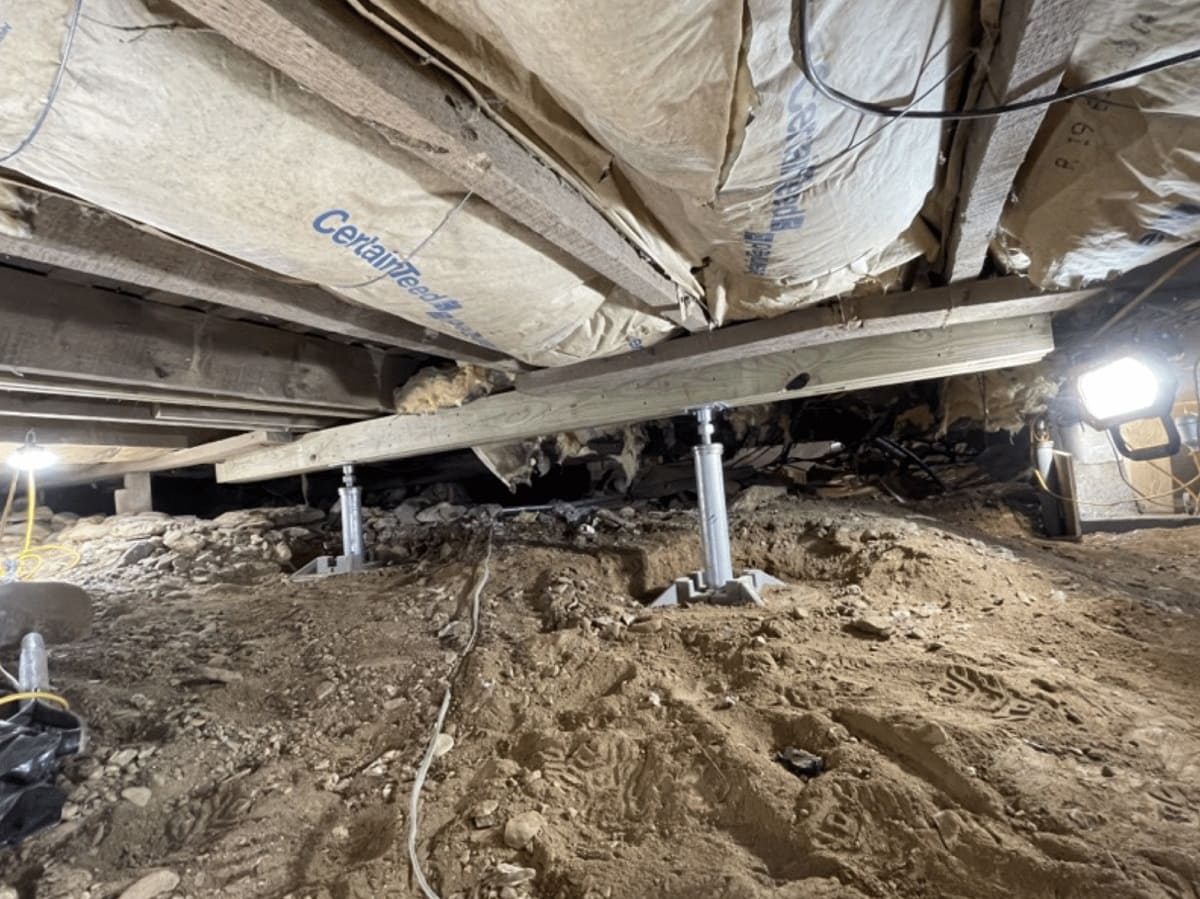
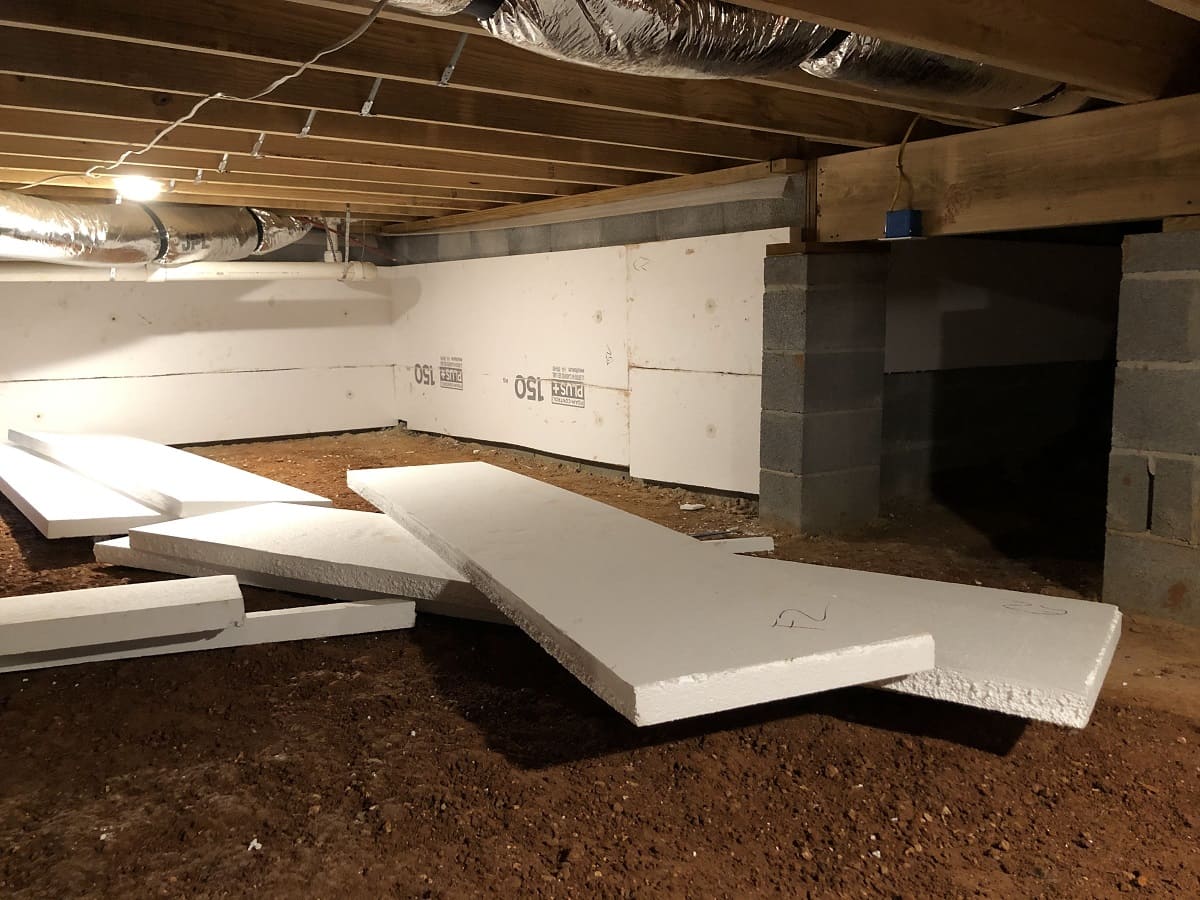
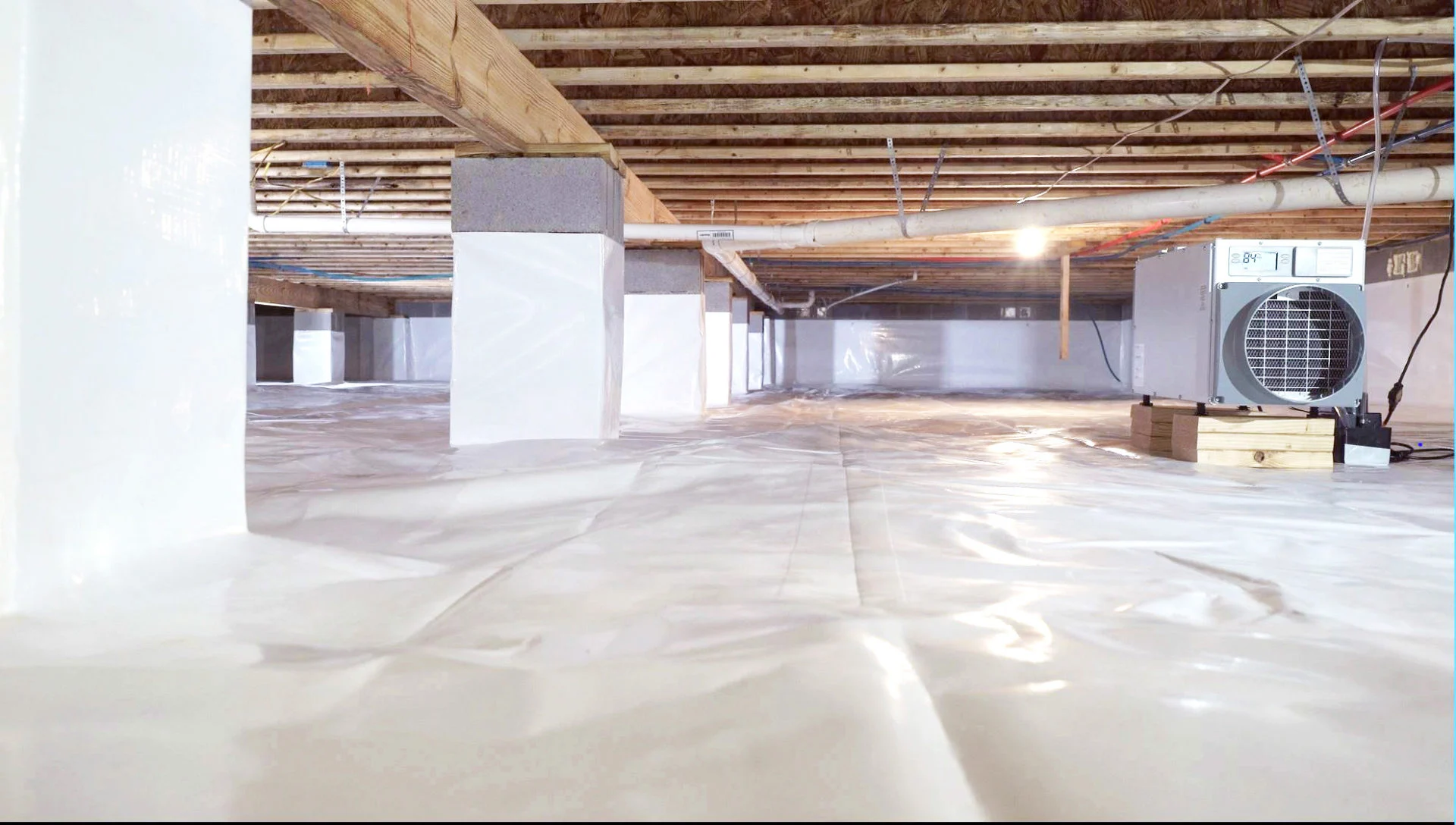
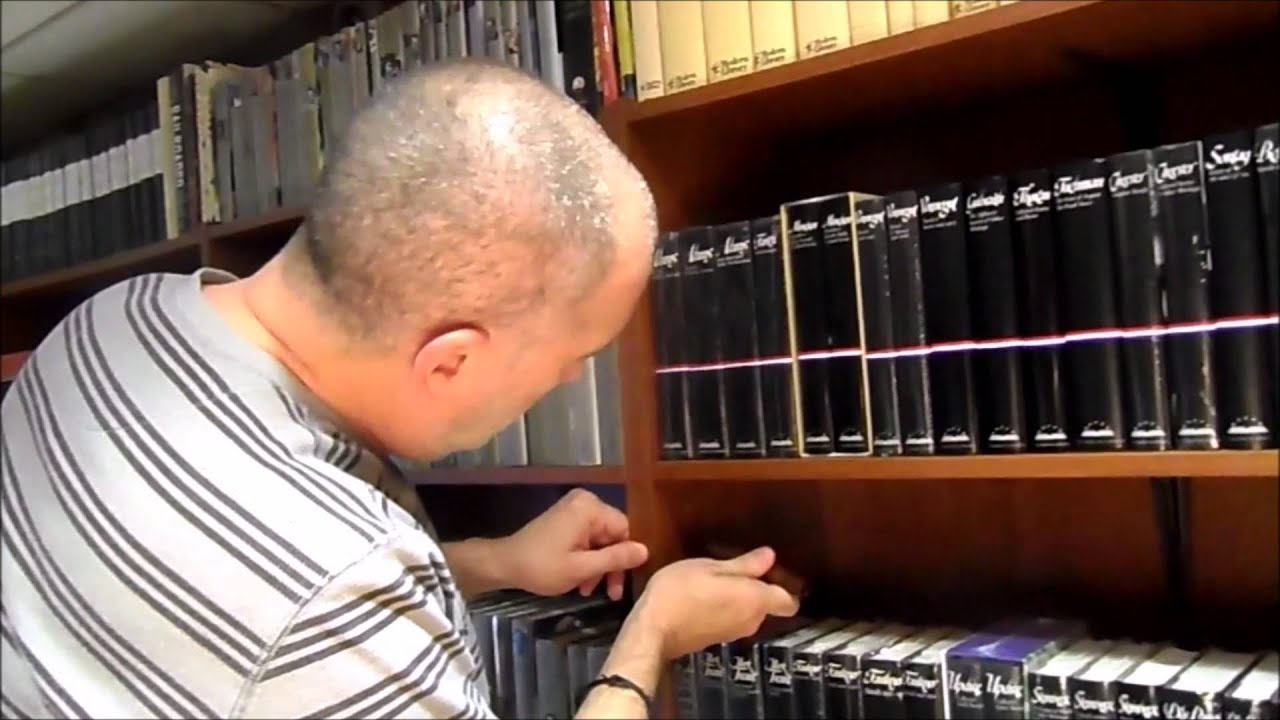
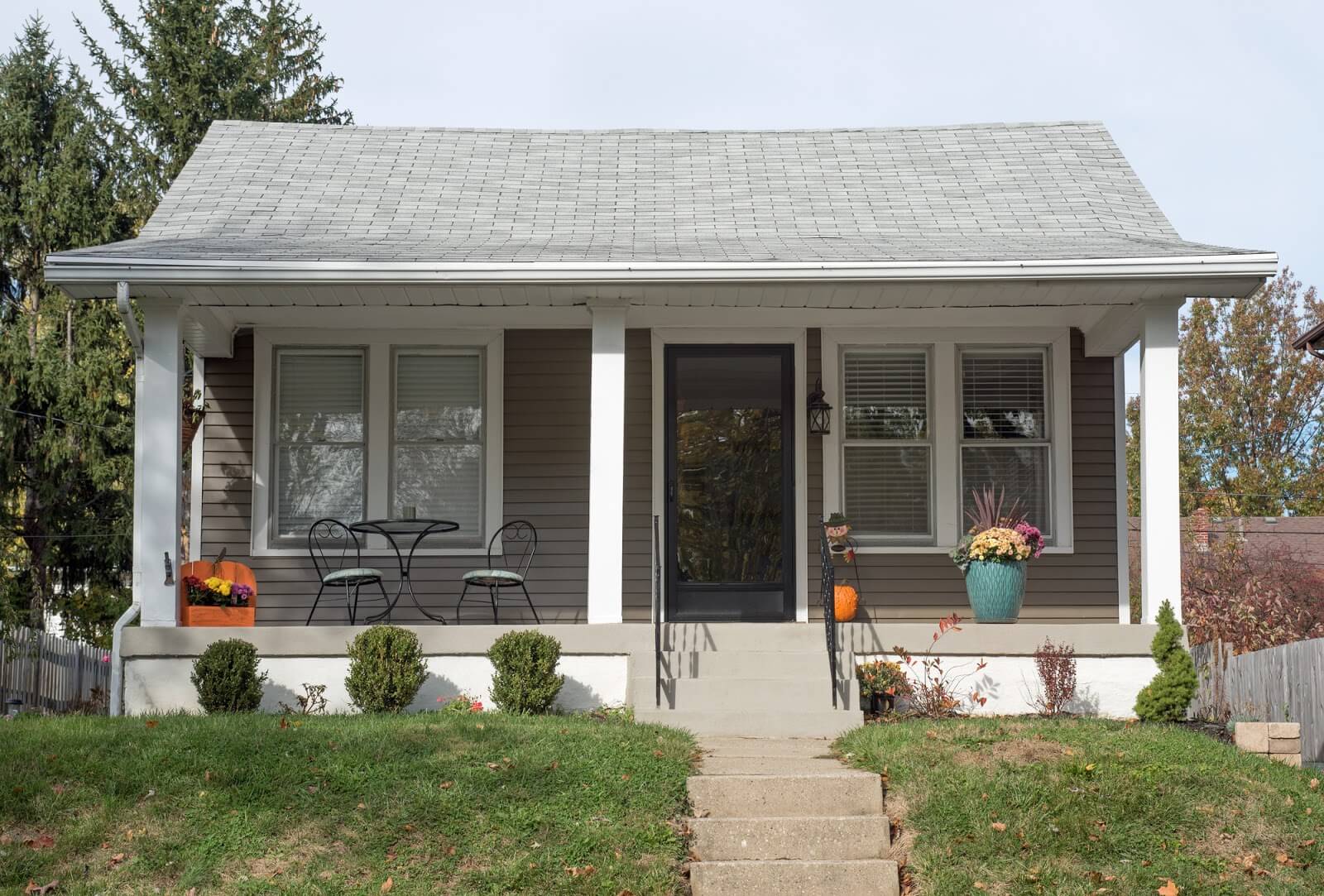
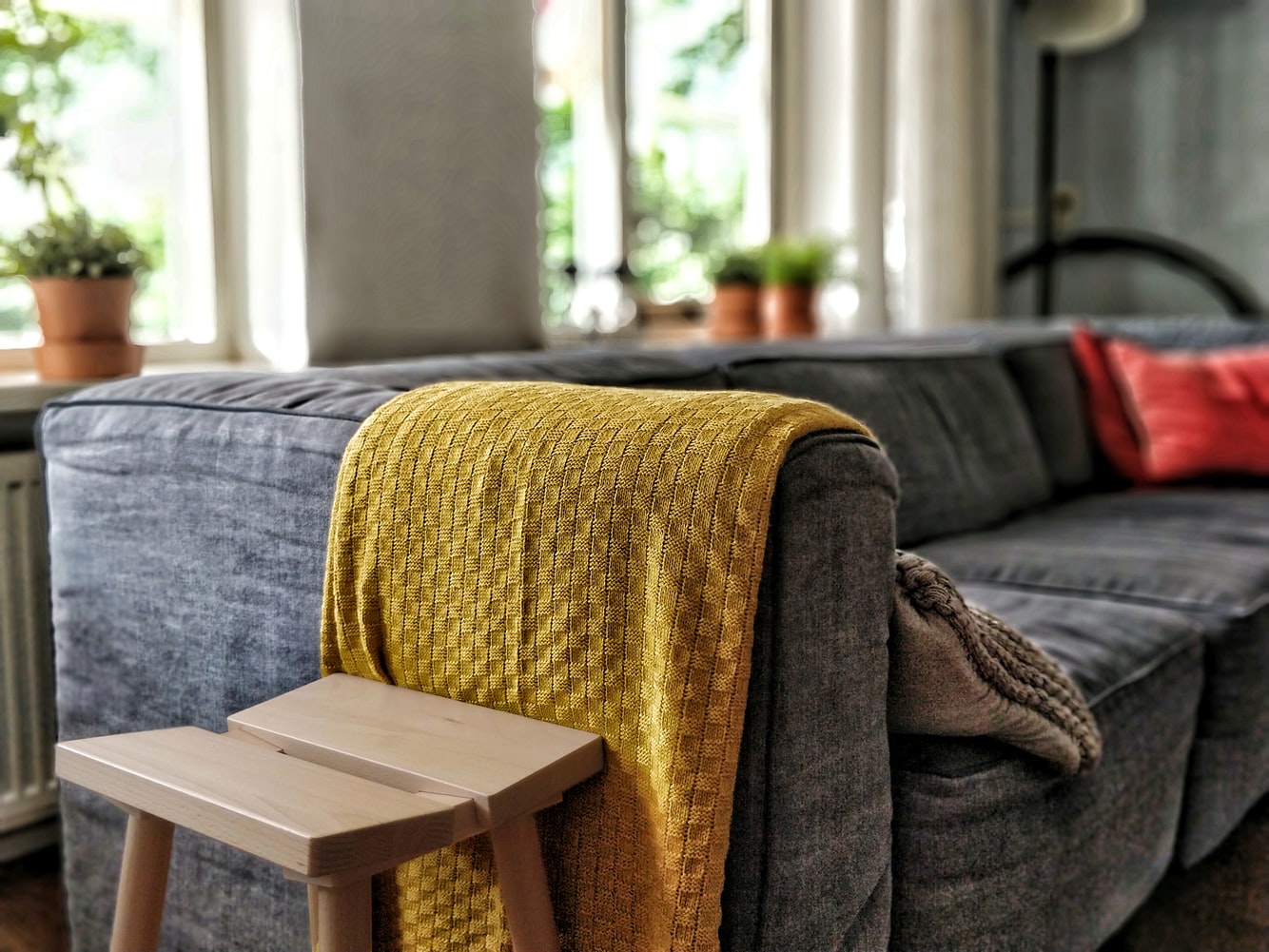
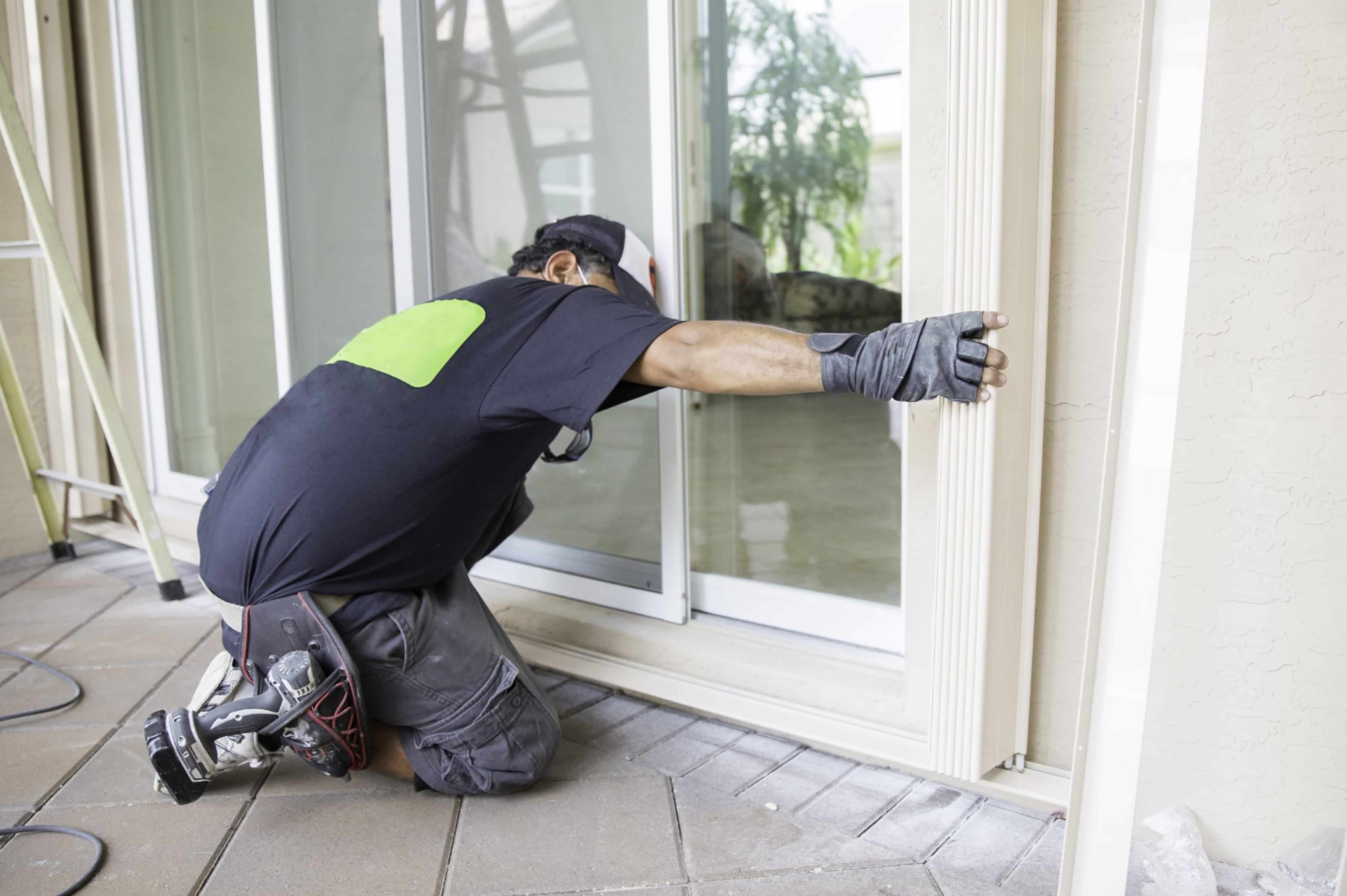
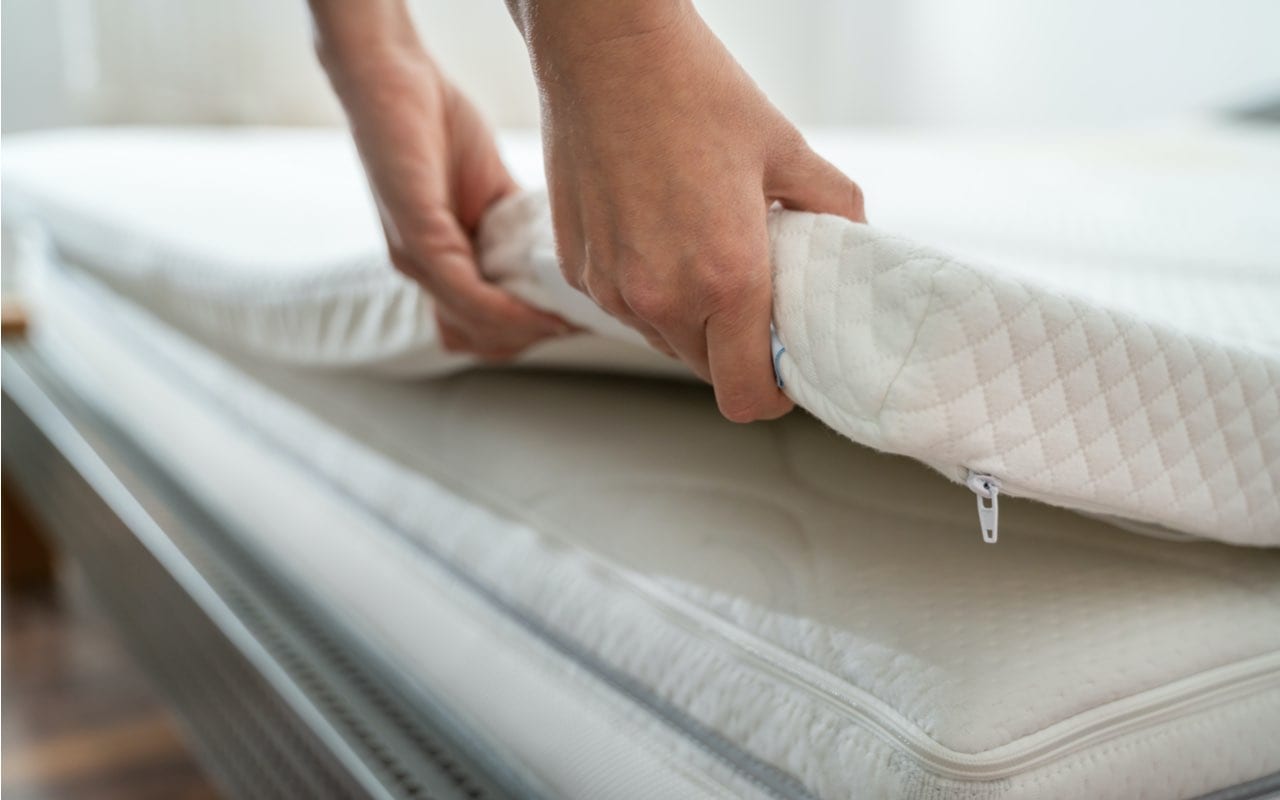
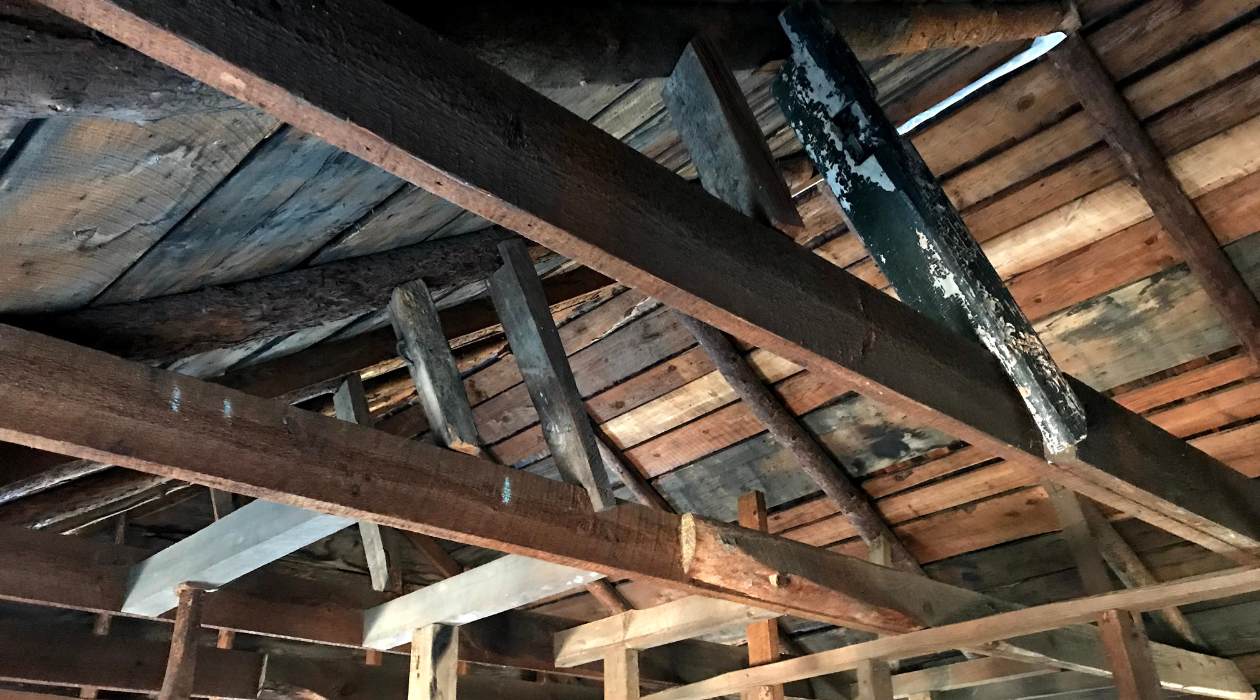
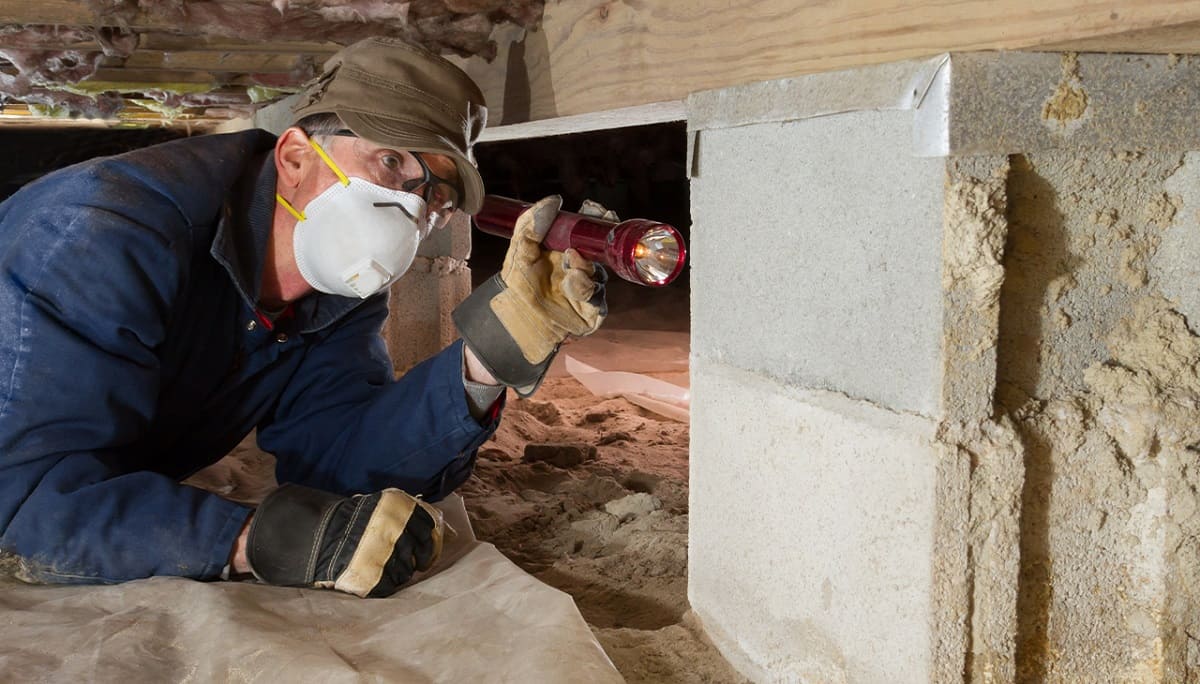

0 thoughts on “How To Fix A Sagging Floor In A Crawl Space”